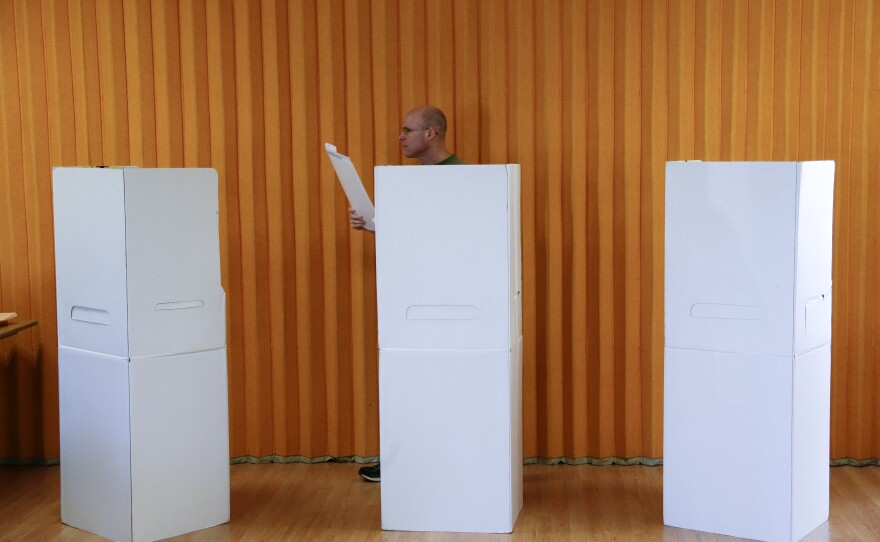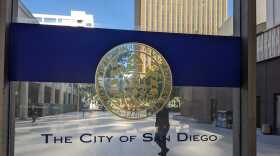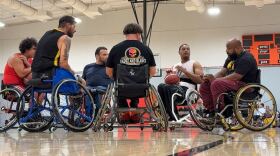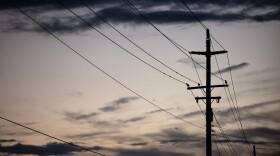As Californians prepare to vote on Proposition 50 in Tuesday’s special election, election officials say the public is welcome, and even encouraged, to observe the process up close.
Election observation, sometimes called poll watching, has existed in California for decades as a way to promote transparency and public confidence. Observers can watch nearly every step of an election, from the sorting and counting of vote-by-mail ballots to the certification of results.
“You can come in and see how we handle ballots, how we verify signatures, how we secure everything,” said Placer County Clerk-Recorder-Registrar of Voters Ryan Ronco. “The value of that is almost priceless, because if we have a system of elections that cannot be trusted, then what are we doing?”
Placer County even live-streams parts of the process online. Six cameras show secure storage, ballot counting and mail sorting areas around the clock. Observing in-person requires signing, wearing a badge and following the rules. No touching materials, recording voters’ information or interfering with election staff.
“It’s probably more methodical than people expect,” Ronco said. “If you just look at a screen, it might seem boring, but if you’re here and can ask questions, it’s actually pretty fascinating.”
Sacramento County follows a similar model. Election observers are allowed at both the county’s vote centers and its voter registration and elections office.
Public Information Officer Ken Casparis said that while most observers represent political or advocacy groups, some residents show up simply to learn.
“We welcome any observer,” Casparis said. “Our goal is to be as transparent as possible.”
He added that most visitors are surprised by how many people, not machines, are involved in the process. “Every step of the way, there’s a person,” Casparis said. “Two people verify every signature. Others extract ballots, run sorters or tabulate votes. That’s why it takes time.”
Observers can watch the processing of vote-by-mail ballots, signature verification, and counting. They can ask questions through a designated contact and can even challenge whether procedures are being followed, but they cannot challenge individual voters’ eligibility.
At the same time, observers must follow rules that protect the integrity and safety of the voting process. They cannot touch ballots or voting equipment, engage in political discussion within 100 feet of a vote center, or interfere with workers or voters.
Secretary of State Shirley Weber said California’s goal is to maintain openness while ensuring that voters can cast ballots without intimidation. “We have a responsibility to make sure that you can vote without any level of intimidation,” she said during an Oct. 28 briefing. “We don’t need anyone coming in to police the process.”
Weber’s comments followed reports that the Trump administration is sending monitors to observe California’s election. Weber clarified that anyone, federal or otherwise, can observe, but they have the same rights as any member of the public and must comply with state rules. “There will not be armed guards,” Weber said.
Republican Assemblymember Tom Lackey said he views additional observation efforts as a way to reinforce trust, not challenge it. “Verification helps people understand that there’s value in this election process,” he said. “Since when is verification considered a problem in establishing trust?”
Ronco has worked in elections for 32 years. He said he welcomes people to see for themselves how much care goes into the process, even if it’s not as dramatic as some might imagine.
“There aren’t too many workplaces where we just let people in off the street and look over your shoulder,” he said. “It adds stress, sure. But we know it’s important. The more people see how it’s done, the more they understand that their vote really does count.”
For information on how to observe or watch live ballot processing in your county, visit your local registrar of voters’ website. Concerns about voter intimidation or access can be reported to the Secretary of State’s hotline at 800-345-VOTE.






